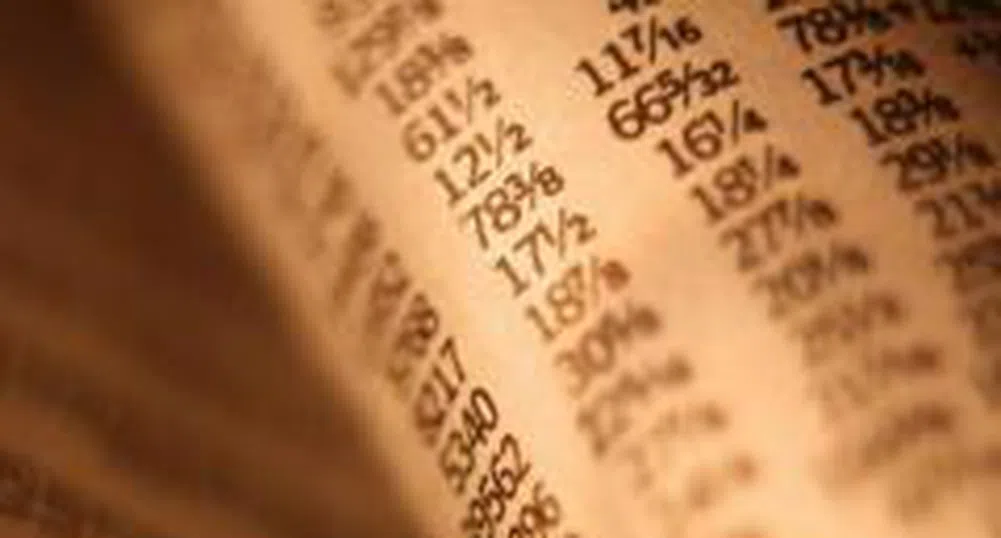Will the Stock Market Hit Bottom?

Will the stock market hit the bottom or are we to see an upward trend – this is what investors are trying to predict right now.
Each day indexes are hitting new lows and the question is how long can it go that way? Here are some fact that may help us see the picture.
Bottom? SOFIX has lost 49.5% year to date. The index has been falling for a year, without a serious sudden plunge – something that is rarely seen in a market.
Even the biggest optimists are lowering their prognoses now, some are even talking about a further slide of 30-50% for indexes.
Local companies reported lower results for H1 (by some 26%). Those are, however, relatively good in view of the hostile economic environment and the high oil prices.
The decline was most obvious in the past several weeks, when turnovers were significantly lower, which on the other hand is a sign that speculators and more nervous investors have already exited the market. Most sellers are mutual funds and individual investors pressured by repo deals.
The decline may also be attributed to lack of demand rather than to excessive offering. This situation can continue for a long time, unless fresh capital appears from somewhere.
The price of oil has lost 30% since its record in July. The falling prices of other raw materials may make investors return to capital markets, especially to those in developing countries.
Chinese indexes, which are generally considered to be a benchmark for investors' interest in developing markets, have slipped by some 60% so far this year. But a lot of analysts think they are undervalued. Interest in the capital market there may also contribute (although indirectly) to rising interest in the local market as well.
One of the most serious factors in support of the most pessimistic predictions is that a long correction is usually initiated after several years of maximums followed by a slide.
SOFIX is already suffering a two-year correction and when Holding Roads leaves the index it will probably lose a few more per cents.
We must also note that we are approaching the year-end when funds are trying to make a good impression before investors. Then comes the “January effect”, which, by the way, we missed this year.
It will be one year in October and November since the introduction of the first short certificates on SOFIX (by ABN Amro) and investors will have to decide whether to extend them for another year or not.
Many will probably close them at a considerable profit, which may be a positive stimulus for others.
This, in combination with a positive economic situation, may if not reverse the trend, at least start an upward correction that may bring us some 20-30% up.
What are the factors that make the end of the decline improbable?
The lack of fresh capital, the international financial crisis, the withdrawal of investors from developing market, the withdrawal of capital from funds – those are just a few. Other threats are: if oil prices start rising again, if recession hits EU economies, if the mortgage crisis worsens, or if other developing capital markets suffer serious losses.
)
&format=webp)
&format=webp)
&format=webp)
&format=webp)
&format=webp)